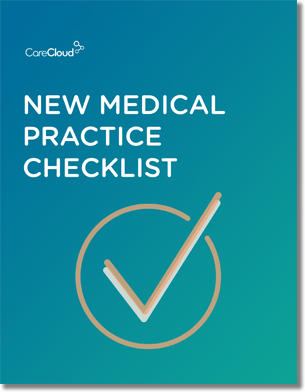Those of us in the pro-EHR camp constantly spend our time focusing on enhancing efficiency and saving money. Tangible EHR benefits certainly deserve attention, but the intangibles merit mention as well. Improving physician-patient relationships is one such indefinable benefit of truly effective EHR use.
A strong physician-patient relationship keeps patients coming back for care and is maintained when patients know you’ll give them the best care possible. A quality EHR lets you do this while making your efforts visible to your patients.
Faster Patient Encounters
Leaving patients in the waiting room for hours, or even worse, not being able to see them at all are sure killers of a healthy physician-patient relationship. It leaves the impression that you can’t handle their needs.
A solid EHR solves this problem by speeding up patient encounters. Your EHR should let you quickly chart conditions and build order sets, which serve as a template for charting patients with similar diagnoses. That way, instead of spending time on documentation, you are spending it treating patients.
Online Interaction
Nowadays, people are involved in all types of online relationships. Just look at the 1.06 billion monthly active users on Facebook or the 20 million registered users of online dating site eHarmony.
An EHR equipped with a patient portal allows you to forge an online physician-patient relationship, which supplements the personal rapport you already have.
Patient portals allow you to securely interact with patients and give them access to set appointments or view lab results. Intuitive patient portals also let you share educational materials through a network — demonstrating your willingness to go the extra mile.
Analytical Foresight
Identifying health trends in an individual patient or a specific patient population used to be a painstaking process involving digging through countless charts to discover patterns. Now, EHRs make this type of information available with the click of a mouse.
By using patient data provided by an EHR to discover trends, you can be on the lookout for certain conditions in an individual or patient population before symptoms have a chance to worsen. Successfully utilizing this data will show patients you have a deeper understanding of their health needs.
Increased Convenience
EHRs empower patients to easily take control of their own health. This can go a long way in improving your physician-patient relationship.
One feature that helps do this is ePrescribing. Traditionally, when you wrote a prescription for a patient, they then had to take it to the pharmacy, and either wait around for it to be filled or return it later.
With ePrescribing, you send prescription orders to pharmacies electronically, so they arrive instantaneously. Patients simply pick them up at their convenience. If they don’t, the EHR informs the point of care, allowing you to send them a friendly reminder to pick up their meds.
The key to the physician-patient relationship is demonstrating a genuine interest in your patients’ health. Today’s EHRs make this easier than ever before.
In the market for a new EHR? The Definitive EHR Buying Guide tells you what to look for.

Do you know what you need when setting up a new medical practice?



